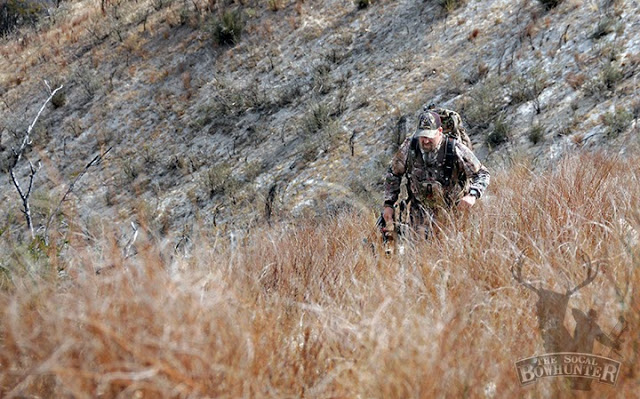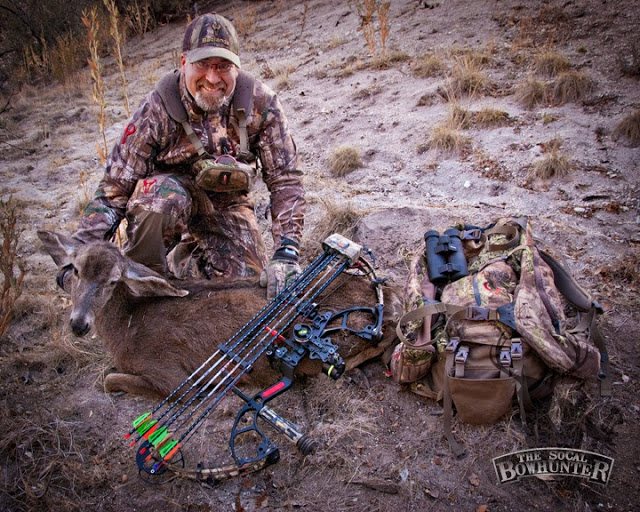
Ask California hunters what the best way to hunt deer is and you’ll get a variety of different answers. The same goes for bear and feral pigs. Most of the time it depends on where you are hunting. For me, there are three ways to successfully hunt big game in California; spot and stalk, hunting from a treestand, and hunting from a ground blind. Spot and stalk preferred, many wouldn’t even consider the last two, but depending on where you are hunting and the animals you are after, they can be utilized quite well. You will have to do some research to figure out the best method for you, but after you have done your homework you can increase your chances of filling that tag.
Let’s face it, in the modern hunting age, new gear is created every year to give us an edge to be more efficient hunters. The new gear doesn’t always work everywhere and isn’t always the easiest to get used to. I don’t always think easier is the best approach to some things either. Take hunting in California for example. If I had to describe hunting in California, in a single word, it would be ‘tough’. Yet, I accept the challenge and embrace it. Add to the mix the overwhelming number of hunting blinds and treestands on the market and frustration can quickly set in, but hopefully I can help with that.

In my opinion, spot and stalk hunting is the most effective method to hunt deer and pigs in southern California. It allows you the freedom to move about and go after them instead of waiting for them to come to you, which honestly might never happen. Stalking takes practice and I am going to help you properly plan for a successful one. Here’s the scenario; you have glassed up a buck in the morning hours and he is heading to his bedding area. You have two choices; try to cut him off or you can watch him bed down and then put on a stalk. My advice is to stay put and watch him bed down. You do not want to alarm him or any other deer that might be watching. If he’s bedded he’ll be laying down a certain way so you can plan your approach. If the temperature is rising, he is likely to stay put for a couple hours. Approach him from downwind, otherwise he will wind you and bolt. That’s the worst way to blow a stalk and it will leave an empty feeling in the pit of your stomach. Play the wind, be patient, and slowly get in close. Be sure you are coming from above him and not below him. There’s a very good chance he will spot you if you make a lowland approach. Take care where you step as any extra noise will likely set off an alarm and the deer will scatter. To avoid this, you could take your boots off. This allows you to walk in your socks, very quietly as you approach. You will feel any branches under your feet before putting your full weight down. Now, if you are in rattlesnake country, use caution. You can still put on a great stalk with your boots on and a stalk is not worth a trip to the hospital.
I have learned is that you usually have more time on a stalk than you think. Your mind will begin to play tricks on you, but stay calm and focused. Be patient and slowly creep in toward the bedded animal. When you are within range only you can be the judge of when it is safe to draw. You have to be on the lookout for other sets of eyes peering at you, too. Draw, set your pin and make the shot count!
If you have kids, you can start prepping them early and teach them some stalking techniques. My 5 year old daughter loves practicing her spot and stalk technique on the herons and egrets at our local park. It’s wonderful to watch and my pride swells when I watch her get close! Hopefully she will be scouting the forest with me one day in hopes of filling her own big game tag.
Stay tuned for Part II tomorrow when I will review treestand and ground blind hunting.
Be First to Comment